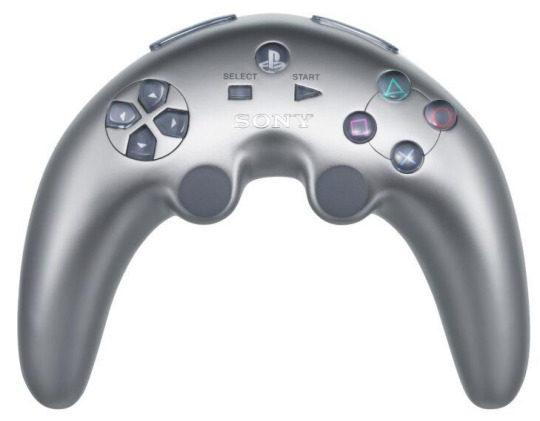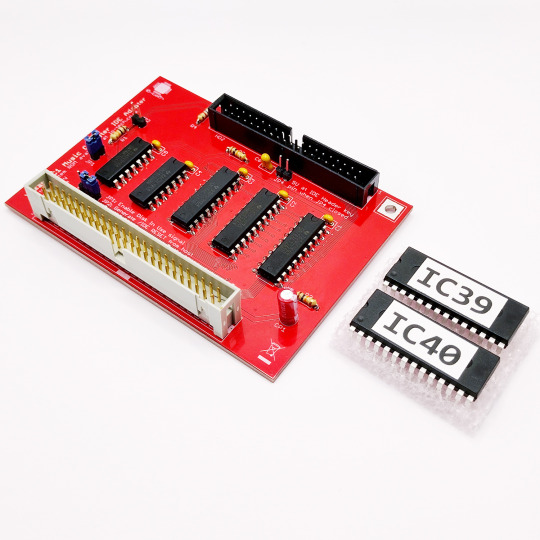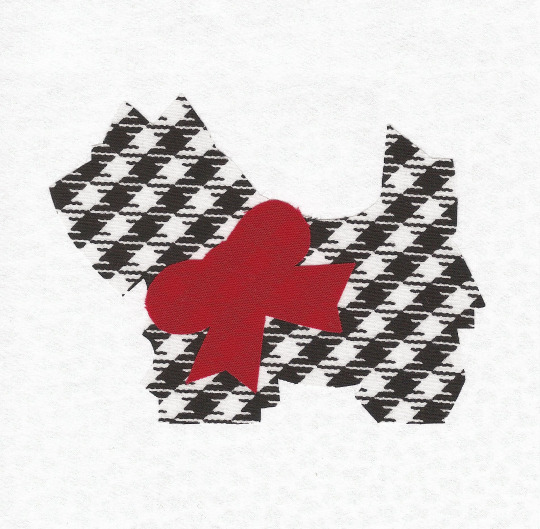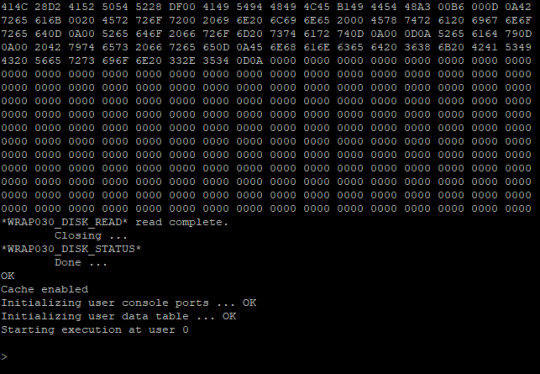#CompactFlash
Explore tagged Tumblr posts
Text
Without me having read the exact magazine issue, the timing of when EGM brought up that claim is something I presume must've lined up with the legendarily stupid Banana Controller concept, with looked so little ergonomic that not even 3rd-party controller makers dared to get even close to replicating it. 😺

The analogue sticks apparently being some sort of PSP-like slider sticks was the strawberry on top. 🍽️
Kutaragi also made all sorts of other ridiculous decisions. Special very negative shoutout from me about how he added a CompactFlash (CF) port to the 60GB launch models when he very, very clearly must've known that the exact physical design of the slot would've been much, much more wished for by players to be used for PS2/PS1 Memory Cards.
And instead of cost-cutting anything else about the PS3, he chose to cut… the controller rumble patent payments. Yes.
Safe to say Kutaragi got fired from Sony around 2009, IIRC.
(He also claimed that people who couldn't afford the PS3 at launch, which in some countries soared above US$900 in their local currencies in 2007, should just get a 2nd job. Safe to say Kutaragi got fired from his one job soon after. A literal r/YouHadOneJob moment for him.)
(2005-06 was also arguably the most concept-filled anticipated times in the history of videogames. Nintendo also trialed the later-named Wii Sports on "Nintendo Revolution" at expos around that same time.)

Quote from Ken Kutaragi (Electronic Gaming Monthly #200, Feb. 2006)
#playstation 3#banana controller#compactflash#memory card#memory cards#games#tech#playstation portable slider#2005-06 was possibly the most remarkable and spectacular concept eras in videogame history by far#ken kutaragi#2005#2006#I still remember the sixaxis rumble controversy to this day
4K notes
·
View notes
Text
1 note
·
View note
Text
The Lo-tech Yamaha C1 IDE Adapter is available for sale!
I know it’s hard to believe but we finally have the long awaited Yamaha C1 IDE Adapter ready for sale!

View On WordPress
0 notes
Text

3 notes
·
View notes
Text

got my "new" camera working!!!
#needed a compactflash to sd card adapter lol#some weird stuff happened with the mirror so it might not work super well but well see
0 notes
Text
Time for another blog post?
I guess it might be! Anyway, the past few days I’ve been looking at stuff for the Pocket 8086 again, mainly stuff that’ll run on it, although I did put all the associated bits for it in a bigger bag, so I’ve got plenty of space now for 2 PicoMEMs, 2 Super I/O cards, 2 external serial modems and documents, a null modem cable that has 9 and 25 pin connectors at both ends, 2 micro USB cables (to…
#2025#Book & Pocket 808x laptops#CompactFlash Cards#computer games#computers#DOS (OS)#DOS Gaming#DOS laptops#Filming#Future Plans#Game Soundtracks#laptops#musings#New hardware with older hardware#News & Updates#PC (Platform)#PC Gaming#retro benchmarking#Retro Computing#retro hardware#retro laptops#Retro PC#retro pc gaming#retro pc hardware#roguelikes & roguelikes#status update#Update#Videos#YouTube
0 notes
Text

CompactFlash Duplicator
Established in 2002, U-Reach Group specializes in creating high-speed data solution equipment. Our product range includes duplication, inspection, and sanitization tools for a variety of data storage formats including SD, MicroSD, CompactFlash, CFast, USB, HDD, SSDs, and M.2 SSDs. Our equipment is globally adopted by semiconductor manufacturers, electronic foundries, government and military institutions, among others. As a customer-centric organization, customer satisfaction is our priority, fueling our innovative approach. We have a network of nine global branches, a worldwide technical support center, and serve clients locally and internationally. We're the designated supplier for numerous government, military, and semiconductor IC factories worldwide https://ureach-canada.com/ .
0 notes
Text
I'm hacking on an embedded system for work and it uses SDIO, which is a special type of SD card interface designed for communicating with non-storage devices. In this case, Wifi, because apparently the WIFI chip on this board is hooked up through the same interface as the SD card (probably to save on pins)
And it turns out SDIO is based on a metadata format defined way back in the old days of PCMCIA/CompactFlash (a very early standard for add-on cards for laptops and other portable devices) and thus it uses Card Information Structures and I'm having to deal with them.
In other words, the trans hacker is having to deal with CIS errors.
282 notes
·
View notes
Text
On Making Progress
With my Wrap030 homebrew computer operational again, I could finally get back to the work I had been wanting to do with it in the first place. I was able to get it running my multi-user BASIC kernel from ROM with the main board, DRAM card, and 8-port serial card.
There's still more work I want to do with software, and pulling and burning the ROM for every little change is not a great way to develop software. It would be great if I could load programs from a disk instead. I did previously have disk access working, but that was with a different system configuration and a different ROM. There was also a limitation with my old code where files that spanned multiple clusters didn't load right.
So I needed to test the system with the FPU+IDE mezzanine board added to the stack, and I needed to add disk load functions to my ROM.
Adding the FPU board went better than expected. I added it to the stack and the system continued running as it had previously. I didn't even have to lower the clock speed to compensate for the new board.
So time to update that ROM. My previous disk load functions were written to work with the TSMON monitor program I had been using. I wanted something that could load my Multibasic system (or another OS) without intervention, so TSMON was not going to be a good fit. All I really needed was a simple bootloader — something that could load a file, BOOT.BIN, from the disk and run it.
Rather than try yet again to wrap my head around parsing FAT filesystem headers and how to traverse the allocation table, I decided to try using an existing library. The Elm-Chan FatFs library was just the thing I needed. It's written to be portable, needs only a few custom functions implemented by the host system for disk sector reads, and documented reasonably well. I was able to get it running in a weekend, including all the time it took for me to debug my own silly mistakes like reading only 510 bytes of each disk sector instead of 512 and accidentally swapping bytes when caching data read from the disk.
Getting Multibasic ready to run from disk instead of from ROM was actually fairly straightforward since it was already built to be loaded from ROM to RAM and then run from there. I just needed to make a few minor changes to the linker script and add a branch at the beginning of its vector table.

So after many hours of work, I am right back where I was at the start … but also miles ahead of where I started. If I need to make a change to the Multibasic kernel, I can just copy the new program to a CompactFlash card like any other file. If I want to load a new program I can do so easily. And swapping programs is as easy as swapping cards and hitting Reset.
#homebrew computing#homebrew computer#mc68030#motorola 68k#motorola 68030#debugging#wrap030#ide interface#retro computing
10 notes
·
View notes
Text

by Anna-Neko
Before all the endless online, digital everything, before FB and Insta, the “don’t u know how many followers…” & influencers nonsense, there was this man!
Kevin would take your photo, make small-talk & drop encouraging comments and make you feel a star! A former cosplay partner still fondly remembers how he would always know what she was cosplaying as! No matter how obscure! If he didn’t know the cosplay – he would ask about it! The interest always genuine. He seemed to remember everyone from con to con, and in later years when instead of running around he would set up a corner with a backdrop and do photos this way – he would jot down file numbers & email me full-size images after the event if asked.
So just a quick scene setting up. It is very easy to forget, but back then (1999 to maybe 2002~ish) there was waaaaay less conventions. There wasn’t an event happening every weekend, much less multiple events at same time! Digital cameras were not a thing. Well, obviously they existed, but your average otaku heading to an anime con might bring a cheap 35mm disposable camera (or maybe 3, if CVS had a multi-pack sale!).
Kevin’s FansView website was THE cosplay/cons site. He updated multiple times throughout the event, 2 or 3 times each day! There weren’t just photos of “hot people”, he tirelessly took photos of regular attendees, cosplayers of various ages and skill levels, guest & panel highlights…. If you weren’t lucky enough to be at the convention itself, seeing all his photos was the next best thing! In a few years we’d have con report galleries on Cosplay.com, Geocities and LinusLam …. but all these were _after the fact_, not during. Not quite the same, ya know?)
Even my mom knew his website, and during cons I’d call home during the weekend and she would excitedly tell me she was just on Kevin’s site and saw my photo!
Like, seriously…. we’d joke a con wasn’t a con until you either a) saw House of Anime truck in the parking lot, or b) ran into Mr Lillard.
Over the years there’s been all sorts of amazing run-ins with him. He would always make some jokes, and go above and beyond helping a fellow nerd – like the time my brand~new digital camera (in 2000! quite the expense!) suddenly died (6 AA batteries the monster ate) and he kindly tried to help me with both fresh batteries and advice, and when it looked like the camera wasn’t coming back he straight up took out his FILM CAMERA (again, this man was a pro! He always had a backup) and took photos of my cosplay and friends’, and handed me the finished roll
OR that other time my memory card was already full within literally first few hours of the convention (circa 2000, CompactFlash. Gigs? ha! Your PC might have 2 gigs hard drive and be a luxury. Memory cards ran in the Megabites) and this SAINT of a man helped by using HIS LAPTOP to let me clear out the card, email the zip file to myself then and there, and thus have memory space to take another 30~40 photos
or this Other OTHER time we were talking about shitty hotel hallway lights… And asked if he would mind popping with us outside real quick? He took the time to go! Outdoors into the sunshine! On the lawns by the hotel for a good 30 minutes! Thus giving us our first ‘proper’ cosplay photoshoot no less!! (freakin 2001, people!! pro~photoshoots or sheduling time-slots with an online-famous photog was not a thing. Not yet, not for another few years)
He made all us awkward weebs feel welcome from the get~go! Nobody had internet once left the house. No cellphones. Especially not a phone that could double as a hi-res camera. You came to the convention with a cheap disposable film camera, or none at all – hoping your friends brought one. Conventions didn’t have photo suites, no staff photogs… it was not a thing yet.
The other joke used to be “oh you’re at so-and-so con? Did you run into Kevin yet??” or “no no no, don’t change yet! We need to find Kevin!! You must be documented” (and if you had insane luck, you may even see that photo as convention cosplay coverage in an issue of Animerica months later!) For some of us, the only photos of those early costumes only exist because Kevin was there to take it.
#cosplayhistory
35 notes
·
View notes
Text

This is the Casio QV-700, released in 1998!
You might be asking: "Casio makes digital cameras?!" The answer is yes! Up until 2018, at least. Casio actually started manufacturing digital cameras in 1995, and was considered a pioneer in the new field.

Pictured above is the Casio QV-10 from 1995, the first consumer digital camera with a built-in LCD screen! This early model shot at 320 x 240 resolution and had a whopping 2 Megabytes of internal memory.

The QV-700 was the first of the QV line of cameras to use external memory, with CompactFlash cards being its only form of storage. And if you can't tell from the picture of the QV-10...

This bitch swivels! This was actually a pretty common feature of digital cameras from this era, (I have a few more with a similar styling) one which has sadly fallen by the wayside. The manual tells you to use this for group photos, but I think it makes a pretty great selfie mode.
This camera is actually chock full of weird features, like a panorama mode, "Past" and "Future" modes, which store 3 pictures in a frame buffer either before or after you take a picture, letting you choose the best frame out of all of them if you maybe caught something at the wrong time, and a timed exposure mode that takes a picture in intervals you set yourself. Unfortunately this feature doesn't work on mine, as the clock seems to be dead.

The QV-700 is one of my personal favorites in my collection, which is why my profile picture features it!
Now onto the samples! All of these photos were taken in Fine mode, the highest quality the camera can do.





FINAL RATINGS:
Ergonomics: 4/5
Usability: 4/5
Fun Factor: 5/5
Weirdness: 5/5
14 notes
·
View notes
Text
picked up a CompactFlash<->IDE converter wotsit specifically because it mentioned supporting +5V power on Pin 20

...only to discover that it... does not have a pin 20

gonna have to do some more soldering looks like
2 notes
·
View notes
Text
SanDisk
Extreme Ⅲ
CompactFlash
SDCFX3-002G-J21A
0 notes
Text
holy shit! i bought a used camera and it had a compactflash card in it with photos from 1999! what a time capsule!
17 notes
·
View notes
Text
I have made the fatal mistake of assuming a camera from 2004 would actually have an SD card slot
I love buying used electronics on the internet
1 note
·
View note
Text
Update on CF cards and plans for them and the 808x mini laptops
So, earlier today, I received the 7 CF cards (4x 8GB, 3x 4GB) I ordered much sooner than expected (first the 8th of Jan, then the 2nd), and they all have now been labelled so I know where they’re going to be used, and did some reorganisation as well between bags. Additionally, I’m after ordering 3 CF card cases with capacity for 6 CF cards, so I can keep the default card plus the other 2 cards…
#2024#CompactFlash Cards#computer hardware#computer repairs & upgrades#Computer Storage#computers#DOS (OS)#DOS laptops#hardware upgrades#laptops#Legacy PC hardware#Legacy PC software#Legacy software & devices#New hardware with older hardware#News & Updates#operating systems#PC (Platform)#Retro Computing#retro gaming#retro hardware#retro laptops#Retro PC#retro pc gaming#retro pc hardware#Storm&039;s Workshop#Storm&039;s Workshop (SGU)#Stormkeeper at Geeked Up#Stormkeeper&039;s Workshop
0 notes